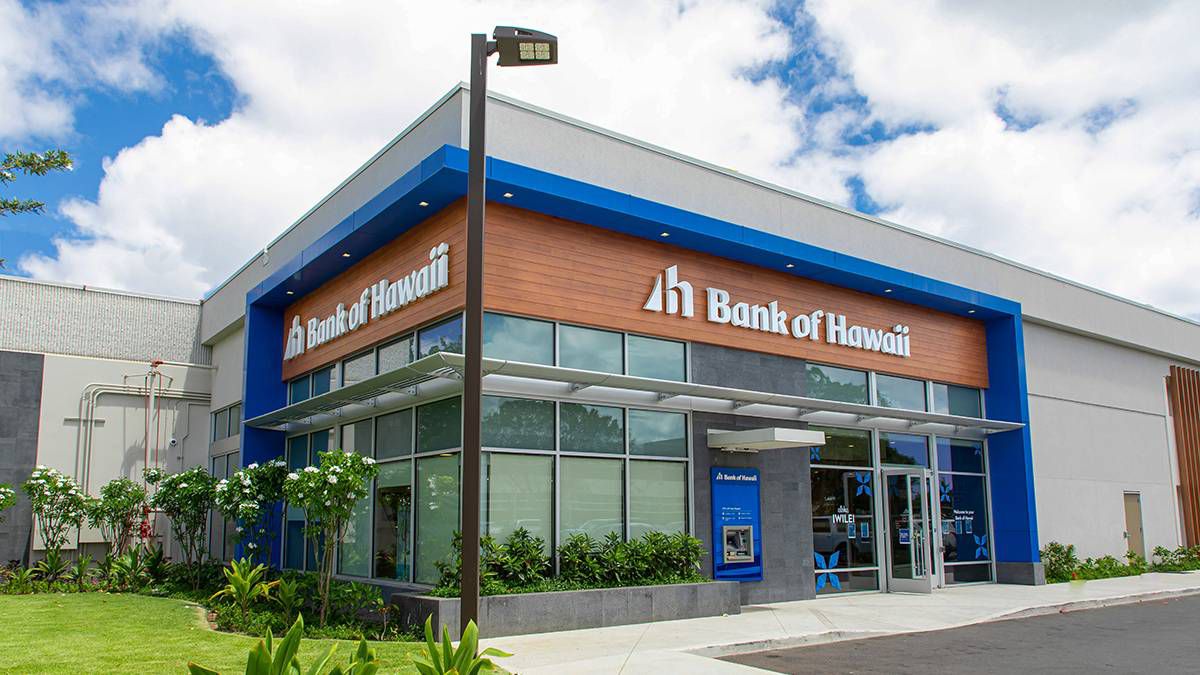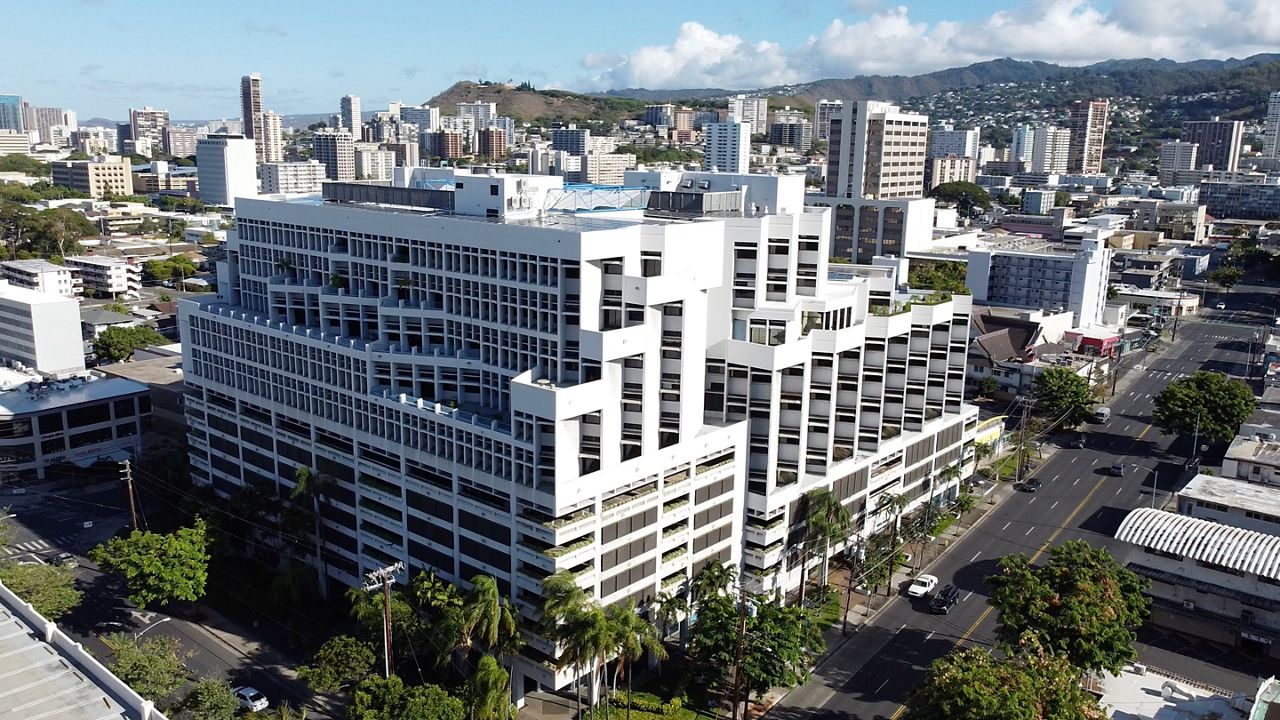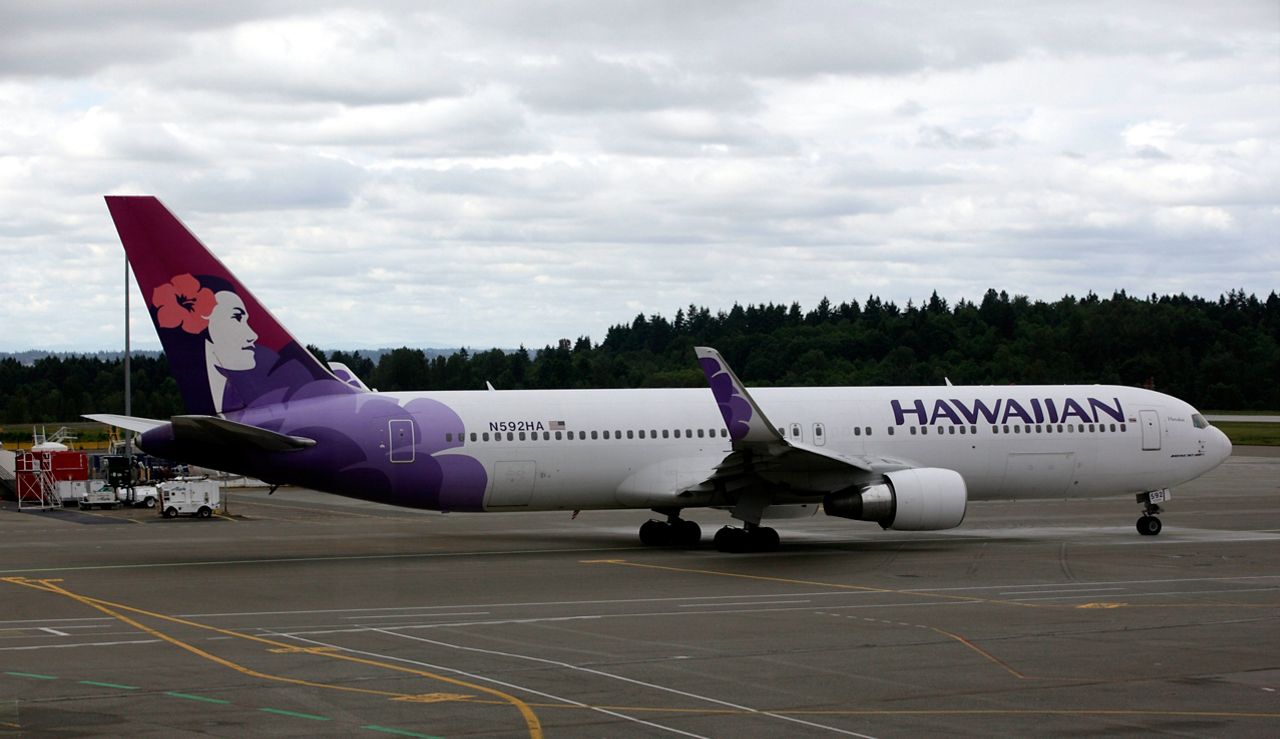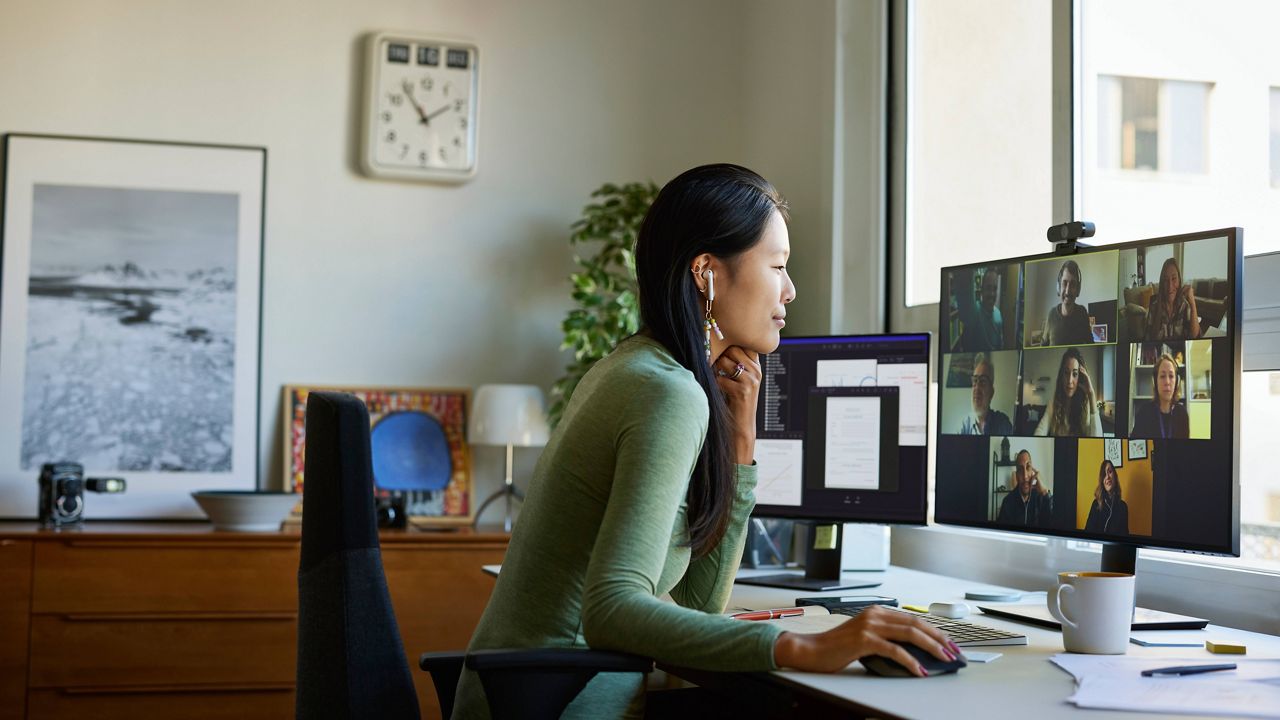When the COVID pandemic started in the beginning of 2020, many employers asked their staff to work from home for the first time. More than two years later, some businesses have brought their workers back to the office, but others have continued to permit remote work or have created a hybrid work environment in which employees occasionally come to the office.
Spectrum News talked with the Bank of Hawaii, HMSA and Hawaiian Airlines representatives about their new hybrid work policies, which they plan to keep in place for the foreseeable future.
Bank of Hawaii

“When we went into COVID, we learned pretty quickly that we were able to operate quite effectively from a remote environment,” Bank of Hawaii’s Vice Chair James Polk said to Spectrum News.
Bank of Hawaii employs people, like bank tellers, who need to do their work from a branch, said Polk, but others can easily work from home, such as commercial bankers or sales and marketing employees.
Bank of Hawaii’s work policy divides its employees into three types of positions: employees who need to be in the office, employees that can come in to the office two to three days a week, and those who work from home most of the time. Beyond that, individual employees work their schedules out with their managers and must be available during core work hours.
Polk said Bank of Hawaii wants employees to come into the office periodically “to help with collaboration.”
Additionally, Polk said, all employees must follow security requirements and maintain a professional image and behavior even when working remotely.
Now, Bank of Hawaii uses its offices in different ways, said Polk. One example is their “hotel spaces,” which are desks that different employees can use when they come into the office.
Polk added that employees have liked the new work policies, and that is has been a plus when hiring new workers.
“We think that there's a lot of value from an employee goodwill standpoint,” said Polk. “We think it's an attractive hiring opportunity and attractive to potential candidates.”
HMSA

Hawaii Medical Service Association, the health insurer commonly referred to as HMSA, created a hybrid work environment in March 2020 at the start of the pandemic, allowing employees to work from home when it’s appropriate for their duties.
HMSA President Mark Mugiishi said in an email to Spectrum News that the company employs people in many roles, so there is not a “one size fits all” arrangement, but they have a hybrid work environment that allows “managers and employees to consider flexibility in the workspace.”
“We are using the ‘four C’s’ framework to provide guidance and lay out the types of work that are best done together, in person: work which requires or develops collaboration, connection, creativity, and culture,” said Mugiishi. “Our goal is to have managers and leaders gather employees on site when the work to be done is specific to or facilitated by being together.”
Now, HMSA plans to keep this same policy in place for the foreseeable future.
Mugiishi said this has allowed the company to end several leases for office spaces they no longer use. This includes letting go of leases for two out of three buildings in downtown Honolulu, two out of three floors in a building in Kapolei, the First Interstate Building on King Street, as well as offices in Maui and Kona on Hawaii Island.
“Our philosophy going forward is that we will use the office as a tool, and not as a place or destination.”
Instead of using multiple office spaces on Oahu, employees that work in the office now use the HMSA Center on Keeaumoku Street. On Maui and Hawaii Island, HMSA has moved employees into its “neighborhood centers,” which are in Kahului on Maui and in Hilo on Hawaii Island.
“With these changes, we now own most of our office space ourselves,” said Mugiishi.
The reduction in office lowers overhead costs, which Mugiishi said allows them to make health care more affordable. Mugiishi declined to provide specific figures on how much costs have decreased.
Mugiishi said that the reaction from employees to hybrid work has been positive.
As for how HMSA tracks their employee’s productivity, Mugiishi said that they “have tools in place to track the progress of ongoing projects and initiatives,” but declined to answer a question about whether they use monitoring software.
Hawaiian Airlines

Hawaiian Airlines currently has a flexible work policy that allows noncontract team members — IT, marketing, legal, HR and others — to work remotely up to two days a week, as well as two weeks each year from anywhere in the world. Whereas, employees in contract roles, such as crew members, mechanics and cargo agents, still perform their duties on site.
Hawaiian Airlines spokesperson Alex Da Silva said in an email to Spectrum News that in order to measure productivity, managers have frequent conversations with their teams to discuss progress, and Hawaiian Airlines has an annual goal-setting exercise. Da Silva said they do not use any monitoring software.
Da Silva said the company continuously evaluates the policy to see what’s working best, but that Hawaiian Airlines plans to keep the current work policy in place for the foreseeable future.
Michelle Broder Van Dyke covers the Hawaiian Islands for Spectrum News Hawaii.



